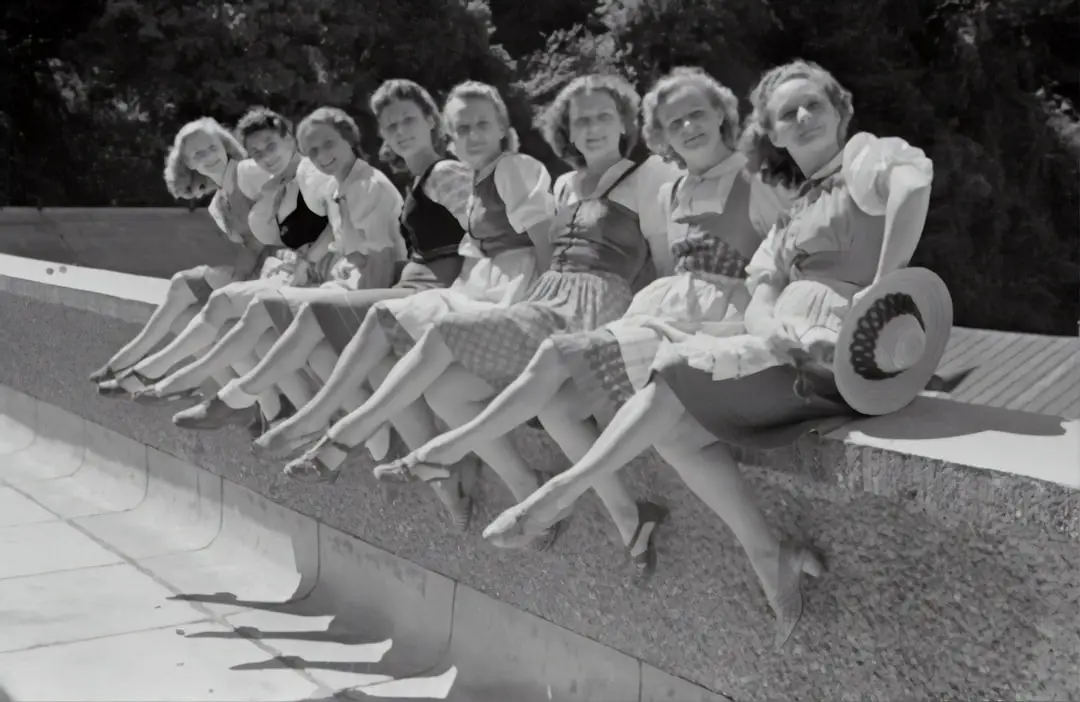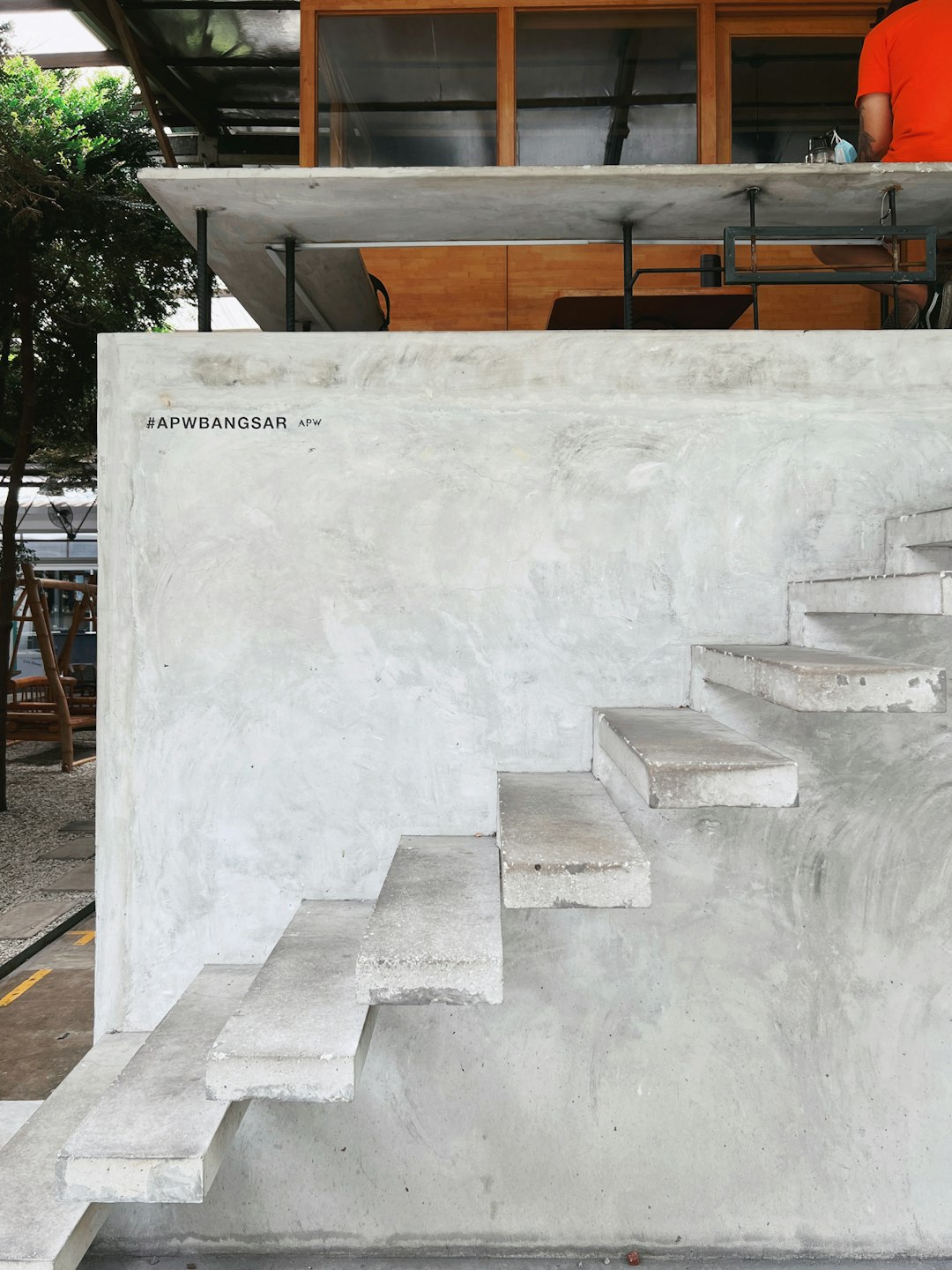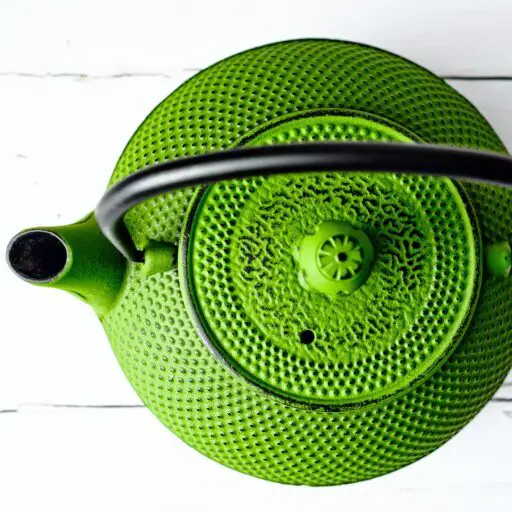Support our educational content for free when you purchase through links on our site. Learn more
What is the History of the Tea House? [2024] ☕

Quick Answer: Tea houses have a rich history that dates back centuries. They originated in China during the Song Dynasty and quickly spread to other parts of Asia. Tea houses served as social gathering places where people could enjoy tea, conduct business, and relax. In Japan, the tea ceremony became popular, leading to the development of special tea houses. In Europe and the United States, tea houses experienced a decline in popularity but have recently seen a resurgence. Today, tea houses continue to be cherished spaces for tea lovers to come together and savor the finest teas.
Welcome to Tea Brands™, where we delve into the fascinating world of tea! In this article, we’ll explore the captivating history of the tea house, from its origins in ancient China to its modern-day revival. So grab a cup of your favorite tea and join us on this journey through time!
Table of Contents
- Quick Answer
- Quick Tips and Facts
- Background: The Origins of the Tea House
- The Tea House in Asia
- The Tea House in Europe
- The Tea House in the United States
- The Modern Tea House
- The Tea House Experience
- FAQ
- Conclusion
- Recommended Links
- Reference Links
Quick Answer
Tea houses have a long and storied history, serving as social gathering places where people could enjoy tea, engage in business, and relax. They originated in China during the Song Dynasty (960-1279 C.E.) and quickly spread to other parts of Asia. In Japan, the tea ceremony became popular, leading to the development of special tea houses. In Europe and the United States, tea houses experienced a decline in popularity but have recently seen a resurgence. Today, tea houses continue to be cherished spaces for tea lovers to come together and savor the finest teas.
CHECK PRICE on: Tea Sets | Tea Accessories | Tea Brands
Quick Tips and Facts
- Tea houses originated in China during the Song Dynasty and quickly spread to other parts of Asia.
- In Japan, the tea ceremony popularized the use of special tea houses.
- Tea houses in Europe and the United States experienced a decline in popularity but have recently seen a resurgence.
- Modern tea houses offer a wide variety of teas and provide a unique tea-drinking experience.
Background: The Origins of the Tea House

To understand the history of the tea house, we must first delve into the origins of tea itself. Tea, made from the leaves of the Camellia sinensis plant, has been consumed for thousands of years. It originated in ancient China and gradually spread to other parts of the world.
During the Song Dynasty in China (960-1279 C.E.), tea drinking became increasingly popular. As the demand for tea grew, so did the need for dedicated spaces where people could gather to enjoy this beloved beverage. Thus, the tea house was born.
The Tea House in Asia
The Tea House in China 🇨🇳
In China, tea houses quickly became a focal point of social life. They served as places where people could relax, engage in lively conversations, and conduct business. Tea houses were not only about tea; they were also venues for entertainment, such as storytelling and music performances.
Chinese tea houses were often beautifully decorated, with intricate woodwork and traditional Chinese motifs. They provided a serene and welcoming atmosphere for tea enthusiasts to indulge in their favorite brews. Today, tea houses in China continue to thrive, offering a wide variety of teas and cultural experiences.
The Tea House in Japan 🇯🇵
In Japan, the tea ceremony, also known as “chanoyu” or “sado,” played a significant role in shaping the tea house culture. The tea ceremony, perfected and popularized by Sen no Rikyu in the sixteenth century, required the use of a special tea house or tearoom.
Japanese tea houses, known as “chashitsu,” were designed to create a tranquil and harmonious environment for the tea ceremony. They were often small, simple structures made of natural materials like wood and bamboo. The tea house architecture focused on creating a sense of intimacy and connection with nature.
The Tea House in Other Parts of Asia 🌏
Tea houses also flourished in other parts of Asia, such as India, Korea, and Taiwan. Each region developed its own unique tea house culture, influenced by local customs and traditions.
In India, for example, tea houses known as “chai khanas” became popular gathering places for people to enjoy the country’s famous spiced tea, chai. These tea houses often served as social hubs, where people could engage in lively discussions and exchange ideas.
The Tea House in Europe
In Europe, tea houses and tearooms gained popularity during the seventeenth and eighteenth centuries. However, their popularity waned during the nineteenth and early twentieth centuries, as coffee houses took center stage. Tea houses were seen as old-fashioned and lost their appeal.
However, toward the end of the twentieth century, there was a resurgence of interest in good quality tea. This led to the revival of the tearoom and tea house culture, particularly in Britain. Today, tea houses in Europe offer a delightful escape from the hustle and bustle of modern life, providing a cozy and elegant setting to enjoy a cup of tea.
The Tea House in the United States
In the United States, tea houses have a more recent history compared to their Asian and European counterparts. Tea houses began to gain popularity in the late nineteenth and early twentieth centuries, particularly during the era of the women’s suffrage movement.
Tea rooms became gathering places for women to socialize, discuss important issues, and enjoy a cup of tea. These tea rooms often featured elegant decor, fine china, and delectable pastries. However, with the rise of coffee culture and the fast-paced lifestyle of the modern era, tea houses in the United States experienced a decline in popularity.
The Modern Tea House
In recent years, there has been a resurgence of interest in tea and tea house culture worldwide. Modern tea houses offer a wide variety of teas from different regions, allowing tea enthusiasts to explore and savor unique flavors and aromas.
Today’s tea houses go beyond just serving tea. They provide a complete tea-drinking experience, offering tea tastings, workshops, and even tea ceremonies. Many tea houses also emphasize sustainability and ethical sourcing, ensuring that the teas they serve are of the highest quality and produced in an environmentally responsible manner.
The Tea House Experience
Visiting a tea house is more than just enjoying a cup of tea; it’s about immersing yourself in a world of flavors, aromas, and traditions. When you step into a tea house, you enter a sanctuary where time slows down, and you can savor each sip of tea.
Tea houses often have knowledgeable staff who can guide you through the tea selection process, helping you discover new teas that suit your taste preferences. They may also offer tea ceremonies or workshops where you can learn about the art of tea preparation and the cultural significance of tea.
Whether you’re a seasoned tea connoisseur or a curious beginner, a visit to a tea house is an opportunity to expand your tea knowledge, connect with fellow tea lovers, and create lasting memories.
FAQ

What is the purpose of a tea house?
The purpose of a tea house is to provide a dedicated space for people to gather and enjoy tea. Tea houses serve as social gathering places where individuals can relax, engage in conversations, and savor the flavors and aromas of different teas.
What is the meaning of tea house?
The meaning of a tea house varies depending on the culture and context. In general, a tea house is a venue designed for people to come together and enjoy tea. It can also serve as a place for socializing, conducting business, and experiencing tea-related rituals and traditions.
Read more about “Why is it called a tea room? … 🍵”
Do Chinese tea houses still exist?
Yes, Chinese tea houses still exist and continue to thrive. They are an integral part of Chinese culture and provide a space for people to enjoy tea, engage in conversations, and experience traditional Chinese hospitality.
Where did the tea room come from?
The tea room, as we know it today, has its roots in the tea houses of ancient China and Japan. The concept of a dedicated space for tea drinking and socializing gradually spread to other parts of the world, including Europe and the United States.
Conclusion

The history of the tea house is a testament to the enduring love and appreciation for tea across different cultures and time periods. From its origins in ancient China to its modern-day revival, the tea house has served as a sanctuary for tea enthusiasts to come together, savor the finest teas, and immerse themselves in the rich traditions and rituals associated with tea.
Whether you find yourself in a traditional tea house in Asia or a modern tea house in Europe or the United States, the experience of enjoying tea in a dedicated space is truly special. So why not treat yourself to a visit to a tea house and embark on a delightful journey through the world of tea?
CHECK PRICE on: Tea Sets | Tea Accessories | Tea Brands
Recommended Links
- Tea Brand Spotlights
- Tea Brand Guides
- Health Benefits of Tea
- Tea Culture and History
- Herbal Tea
- Why is it called a tea room? 2024 🍵



